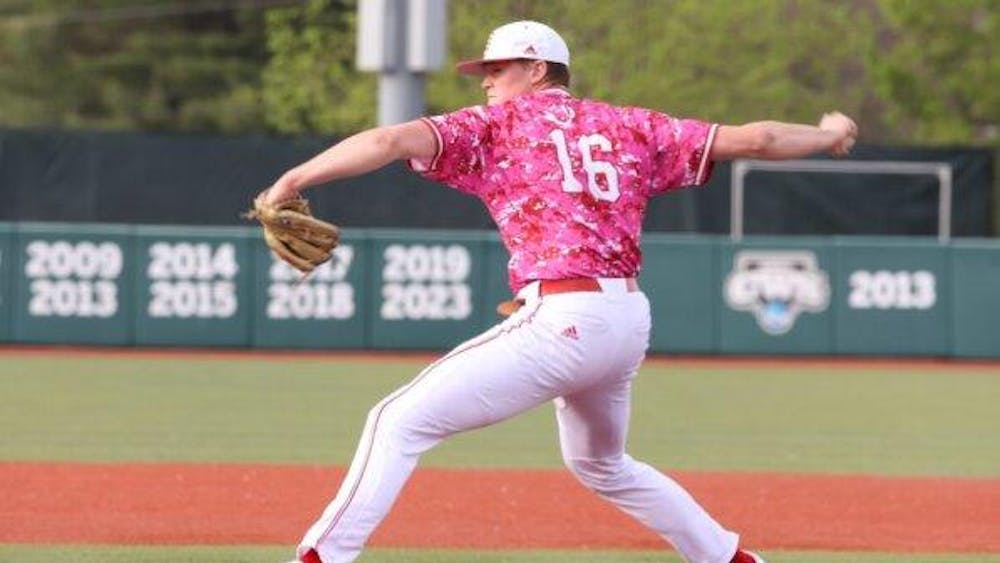A new piece of legislation, Senate Bill 406, seeks to increase access to overdose-intervention drugs such as naloxone in an effort to reduce the number of preventable overdose-related deaths ?each year.
According to a 2012 report issued by the Indiana Department of Health, opioids and painkillers were a factor in almost 21 percent of cases of fatal drug overdoses ?in Indiana.
SB 406 would address this issue by allowing specific health care professionals to prescribe overdose-intervention drugs to patients without an examination under certain circumstances, allowing for the friends and family of an at-risk individual to be able to obtain and administer overdose-intervention drugs. The bill would also require certain ambulances to be equipped with these drugs.
In a column, Rep. Cindy Ziemke, R-Batesville, one of the bill’s sponsors in the Indiana House of Representatives, argued that some fatal overdoses could be prevented if overdose-intervention drugs became more accessible.
“While these drugs could reduce death caused by overdose, they currently can only be prescribed to emergency responders and technicians,” Ziemke said. “Family members, concerned friends and other loved ones are not legally able to obtain them in our state.”
Naloxone works by being injected directly into a vein or skin and counteracting many of the side effects of an opioid overdose such as a reduced and erratic heartbeat and slowed breathing.
Because of the side effects of an opioid overdose, a naloxone injection cannot normally be self-?administered.
“As a mother who has witnessed the lifesaving effects of (naloxone) firsthand, I am pleased to see this legislation continue to work its way through the legislative process,” Ziemke said. “While there is still a long road ahead for battling drug abuse and overdose in our state, I believe SB 406 is a step in the right direction and could potentially save the lives of Hoosiers.”
There are many possible benefits to this increased accessibility to overdose-intervention drugs, but, as with most medications, there are negative side ?effects and plenty of risks.
These include erratic heart rate, shallow and difficult breathing, convulsions and increased blood pressure, among numerous others.
Carole Nowicke, Ph.D., Master of Library Science, a research associate and reference librarian at the IU School of Public Health and an expert in substance abuse prevention and treatment, noted other solutions to abuse on top of the overdose-intervention drugs.
“Getting people into treatment faster, using all forms of therapy that are effective, including pharmaceutical therapy,” Nowicke said. “It is also much easier to prevent addiction in the first place than to treat it.”
She continued, noting, as with all prescription medication, there are always risk associated with increased accessibility.
“I would say that there will have to be a lot of controls over prescriptions to naloxone to the nonpatient friends, family members or other health professionals for use,” Nowicke said. “Naloxone may have a number of unpleasant or dangerous side-effects, so this isn’t anything one should assume is an easy fix to the problem.”
SB 406 passed the Indiana House in February with a vote of 50-0 and is receiving its second reading in the Senate today. A final vote is expected on the day of its third reading sometime next week.





